Levator scapular stretch: Health benefits, and how to do?
Levator scapular stretch is require when your neck muscles mainly Levator scapular and upper trapezius muscles become tight and neck movement is diificult. This leads pain in the neck to shoulder region.
What is levator scapulae stretch?
Levator scapulae is a dorsal Axio-appendicular muscle. It joins the upper limb to the vertebral column and is located in the dorsal triangle of the neck. The superior part of the levator scapulae is protected by sternocleidomastoid and its lower part by trapezius.
The levator scapulae work to elevate the scapula and tilting of the glenoid cavity inferiorly by rotating the shoulder blade downward. If the scapula was fixed, the levator scapulae contraction leads to the side flexion of the cervical spine and stabilizes the vertebral column during motion.
There are many techniques to stretch the levator scapulae muscle. It has some benefits which help in our daily life to do routine chores.
What are the benefits of levator scapulae stretching?
There are some common benefits of the levator scapulae stretching are below:
- Gently stretching reduce tightness or soreness in the muscle.
- Daily stretching of this muscle may lower the risk of neck pain returning. it relieves the neck pain.
- Prevention of forwarding head posture and improves posture.
- Increase blood flow around the neck.
- Relax the neck joint.
- Increases the neck range of motion.
- It lengthens the levator scapulae muscle, to perform its full motion.
What are the types of levator scapulae stretching?
There are some various techniques to do levator scapulae stretching, those are below:

How to do this stretch – Sit straight on a chair.
Grasp the end of the seat with your left hand to lower the left shoulder by pulling towards the floor.
Tilt and turn your head to the right side.
Then do a slightly forward nod of your head until you felt a stretch to the left side and back of the neck.
Apply gentle pressure with your right hand to increase the stretch.
Hold this stretch for 30 seconds and relax. Do that stretch for 2-3 times on each side.
The levator scapulae muscle has some variations:
How to do – Take a Sitting position on a bench on the side edge, hold the bottom of the bench with the right hand, assuring that the right arm is away from the body and that the shoulder is down.
Now do the forward flexion of the head towards the chest.
Then do the side bending and rotation of the neck and bring the chin towards the left armpit.
Bring your left hand up onto the side of your head to help the stretch.
Return to the beginning position and repeat.
How to do – Stand straight. now, place your right hand behind your buttock to down your shoulder.
Turn your head to the left side and look towards the floor.
Slowly pull down on your head with the left hand and maintain the position until you feel a stretching sensation.
Repeat this stretch on the left side.
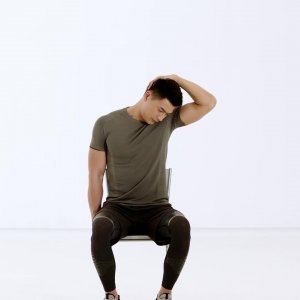
How to do this stretch – You can perform this stretch sitting or standing position.
Keeping the left shoulder downward that you are stretching, look toward the ground and to the right hip.
When you feel a comfortable stretch, hold that position for 20 seconds. relax.
Also, You can sit on your left hand -to pull the shoulder downward even more.
Use your right arm to pull your head towards the floor into a deeper stretch.
How to do this stretch – Step on a strong band on the left side that is stretching side.
Grasp the band with the left hand, allowing the band to anchor your right arm and shoulder down.
Side-bend your head toward the right shoulder of the anchoring side. Next, tuck your chin in toward the right side to watch at your front pocket.
You can feel a comfortable stretch on the left side of your neck and above your scapula on the same side as the band.
Hold that position and repeat the exercise on the right side by stepping on the band with the left foot.
How to do – In this stretch, you can use assistance to do the stretch.
Take a sitting position on a chair. Your back should be straight.
Now your assistant put his hand on your head on the side of the stretching.
And turn your head on the opposite side and look towards the opposite side.
Now your assistance gives extra pressure to feel a stretch.
Hold it for 20 seconds and repeat.
How to do – Take a standing position. Now raise your hand and elbow and place on a wall or door jamb, rather than grasping the back of the shoulder.
The elbow is held above your shoulder level and the shoulder can’t shrug upward.
Side bend your neck to the opposite side and tuck your chin inward and look to your opposite leg.
You can feel stretch and hold that position and repeat.

How to do – Raise the left arm forwards and reach over the back with the hand grasping the left scapula and applying downward pressure. This step rotates the scapula downward, which lengthen the muscle before you feel stretched.
Now turn and bend your head right side, look downward.
When you feel stretched, hold that position and repeat. Now do it on another side.
Common mistakes are done during Levator scapular stretch are:
There is some common mistakes you may make during stretching:
- Avoid taking a straight sitting position, which makes your stretch wrong.
- You may compress the neck instead of forwarding and downward bending of the head.
- You may rotate your head excessive or not enough.
- The motion does not accompany the direction of the nose straight toward the knee.
Some things you don’t perform during Levator scapular stretch
There are certain matters you should keep in your mind during stretching:
- Don’t give extra pressure during a stretch which may injure your other structure of the neck.
- Don’t perform stretching, when you have a chronic illness.
- You don’t need to do stretching in pain or sprain in muscles.
- If you have a fracture around the neck joint, then you shouldn’t do stretching.
- If you feel pain during stretch ,then stop right there and don’t complete the stretch.

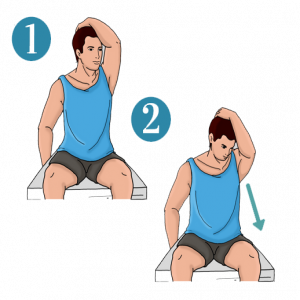

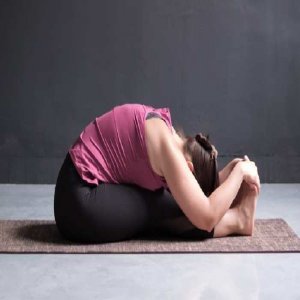
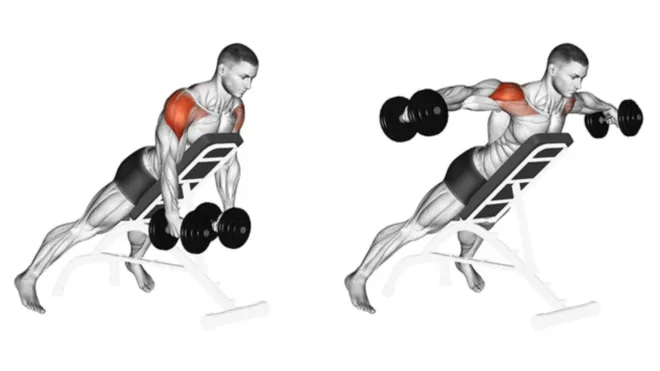
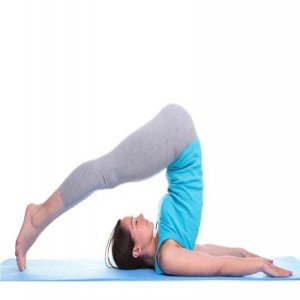
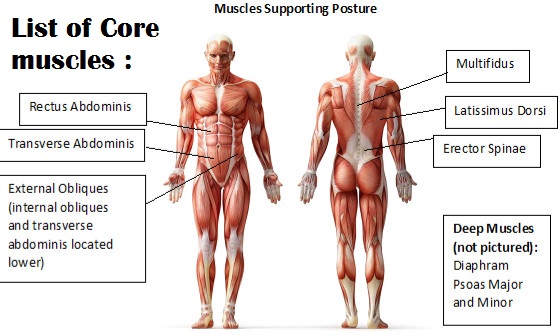
One Comment